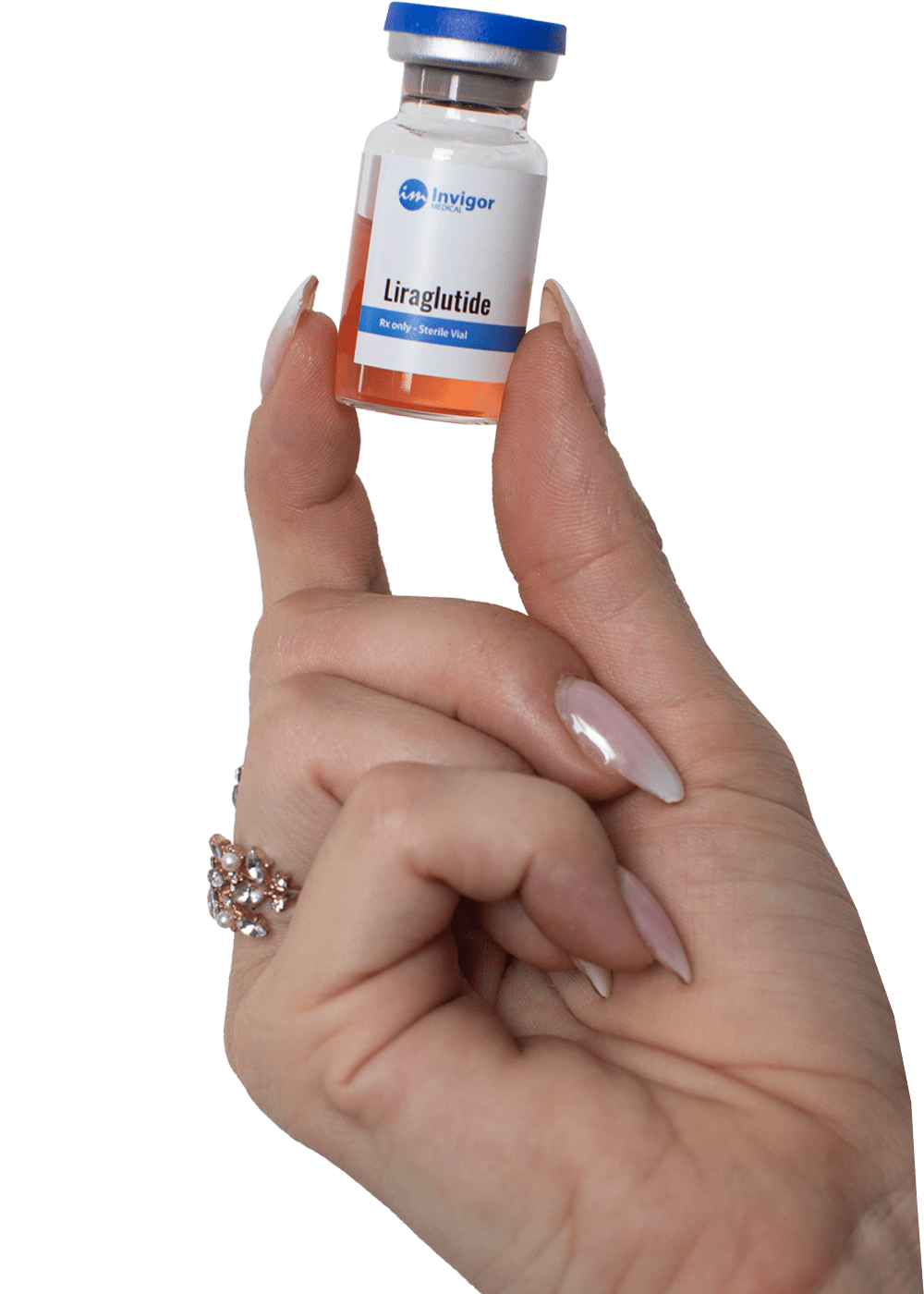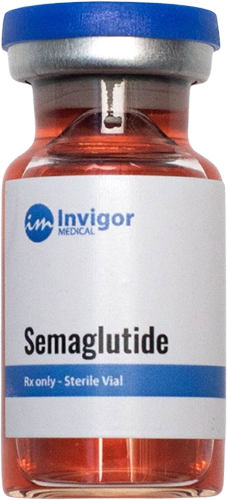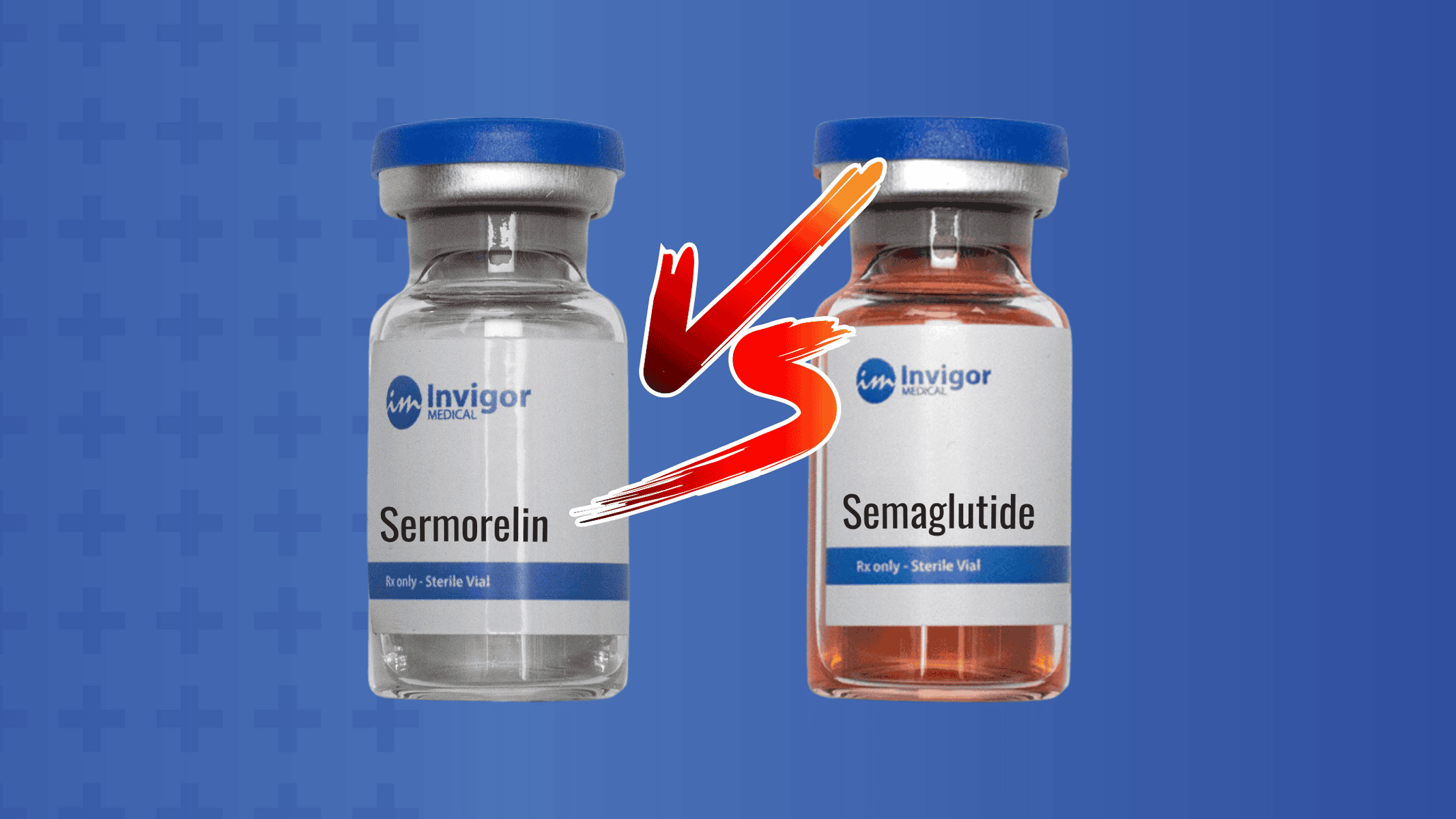Semaglutide is a glucagon-like peptide-1 receptor agonist that is used to treat type 2 diabetes and obesity. With the compounded form of semaglutide, patients may need to reconstitute the semaglutide vial before injecting it. This straightforward procedure involves adding a diluent and mixing the solution.
As an incretin mimetic, semaglutide is a very effective weight-loss medication.
The U.S. Food & Drug Administration allows manufacturers to compound semaglutide if there is a drug shortage. Compounded medications must meet certain Federal Food, Drug, and Cosmetic (FD&C) Act requirements.
Table of Contents
Does a semaglutide vial need to be reconstituted?
This depends on whether you are using semaglutide or compounded semaglutide. If your doctor has prescribed semaglutide, you will receive a pen injector that is prefilled with the appropriate medication dose.
If your doctor prescribes compounded semaglutide, you will probably need to reconstitute the semaglutide vial and inject it with a small insulin syringe, though some pharmacies ship semaglutide already reconstituted.
How do you reconstitute a semaglutide vial?
If your medication is in powdered form, it will need to be reconstituted, or dissolved in a liquid, before it can be injected.
Here are the steps to follow to reconstitute a medication such as semaglutide:
- Gather your supplies: the semaglutide vial, the diluent, a syringe and needle, two alcohol prep pads, and the instructions from your pharmacy.
- Determine the amount of diluent to add: the medication instructions should indicate how much diluent should be added to the vial. If they do not, contact your pharmacist. If you do not add the correct amount of diluent, then your dosage will not be correct.
- Draw up the diluent: remove the cap from the diluent vial and clean the rubber membrane using an alcohol prep pad. Uncap the needle and pull back on the plunger to fill the syringe with air. Add air to just pass the amount of diluent you need to add to your medication. Insert the needle into the diluent bottle, inject the air into the vial, and fill the syringe with the correct amount of diluent.
- Add diluent to the medication: Clean your semaglutide vial with the second alcohol prep pad. Insert the syringe containing the diluent into the medication vial and inject the diluent into the vial.
- Mix the medication vial: Gently roll the medication vial to completely mix the powdered medication with the diluent.
- Store your medication: Follow the medication’s instructions for storage. Some medications require refrigeration after reconstitution, and some are kept at room temperature.

How is semaglutide dosed?
Semaglutide is administered in a gradually increasing dose designed to minimize the gastrointestinal side effects associated with GLP-1 receptor agonists.
Semaglutide has a maximum dose of 2.4 mg per week.
Following your healthcare provider’s instructions, semaglutide is typically dosed according to the following schedule:
| Week | Dosage |
|---|---|
| 1 | 0.25mg |
| 2 | 0.25mg |
| 3 | 0.25mg |
| 4 | 0.25mg |
| 5 | 0.5mg |
| 6 | 0.5mg |
| 7 | 0.5mg |
| 8 | 0.5mg |
| 9 | 1mg |
| 10 | 1mg |
| 11 | 1mg |
| 12 | 1mg |
| 13 | 1.7mg |
| 14 | 1.7mg |
| 15 | 1.7mg |
| 16 | 1.7mg |
| 17 | 2.4mg |
| 18 | 2.4mg |
| 19 | 2.4mg |
| 20 | 2.4mg |
Before injecting semaglutide, verify that the medication is clear and colorless. Check the expiration date. Verify your prescribed dose. Consider adding doses to a calendar to keep track while increasing your dose to the full 2.4 mg dose.
Who can take semaglutide?
With every medication, you must weigh the potential risks and benefits associated with taking the medication. Carrying excess weight increases your risk for type 2 diabetes, heart disease, and many other health issues.
Semaglutide is prescribed for people with a body mass index (BMI) of 30kg/m2 or higher. It can also be prescribed for people with a BMI of 27kg/m2 or higher if they have at least one comorbid condition that is associated with being overweight.

Who should not take semaglutide?
Contraindications to taking semaglutide include the following:
- A personal or family history of medullary thyroid carcinoma
- Multiple Endocrine Neoplasia syndrome type 2
- Known hypersensitivity to semaglutide or any of the medication components
Semaglutide Warnings
Semaglutide can cause serious health problems, particularly in people who are predisposed to these conditions.
- Thyroid C-cell tumors: Animal studies showed that an increased dose of semaglutide or a longer treatment period increased the risk of thyroid cancer in rats. It is unclear whether people would have a similar risk. Tell your doctor if you notice a lump in your neck, hoarseness, difficulty swallowing, or shortness of breath.
- Pancreatitis: If you experience stomach pain that radiates to your back along with fever, nausea, or vomiting, you should stop taking semaglutide and contact your doctor.
- Gallbladder disease: Gallstones and gallbladder disease can cause upper abdominal pain and yellowing of the skin or eyes.
- Hypoglycemia: Low blood sugar can cause irritability, confusion, dizziness, fatigue, sweating, hunger, headache, or loss of consciousness.
- Kidney injury: Trouble passing urine or a change in the amount of urine you pass may be a sign of kidney injury.
- Diabetic retinopathy in people with type 2 diabetes: Contact your doctor if you notice any changes in your vision.
People who are pregnant or plan to become pregnant in the next two months should not take semaglutide.
Conclusion
If you are interested in losing excess weight and meet the criteria to buy semaglutide, contact the healthcare professionals at Invigor Medical to learn more about your treatment options using semaglutide or another prescription medication for weight management.
Frequently Asked Questions
How do you mix and inject semaglutide?
Semaglutide is typically available in pre-filled injection pens, which do not require mixing. To inject semaglutide, users simply remove the cap, attach a needle, prime the pen according to the manufacturer’s instructions, select the appropriate dose, and inject it subcutaneously into the abdomen, thigh, or upper arm.
Can I inject semaglutide twice a week?
Semaglutide is typically administered once weekly for the treatment of type 2 diabetes or once weekly for chronic weight management. It is important to follow the dosing schedule prescribed by your healthcare provider. Injecting semaglutide more or less frequently than recommended may affect its effectiveness and safety. If you have questions about your dosing schedule or need to adjust your treatment regimen, it’s best to consult with your healthcare provider for personalized guidance.
Can you get semaglutide in a vial?
Semaglutide is available in pre-filled injection pens for subcutaneous administration or in vial form. Availability may vary depending on factors such as formulation and region. Patients should consult with their healthcare provider or pharmacist for information on available dosage forms.
How long will a 2ml vial of semaglutide last?
The duration that a 2ml vial of semaglutide lasts depends on the prescribed dosage and frequency of administration. The number of doses in a vial may vary. Patients should follow their healthcare provider’s instructions regarding dosing and administration frequency to determine the vial’s duration of use.










